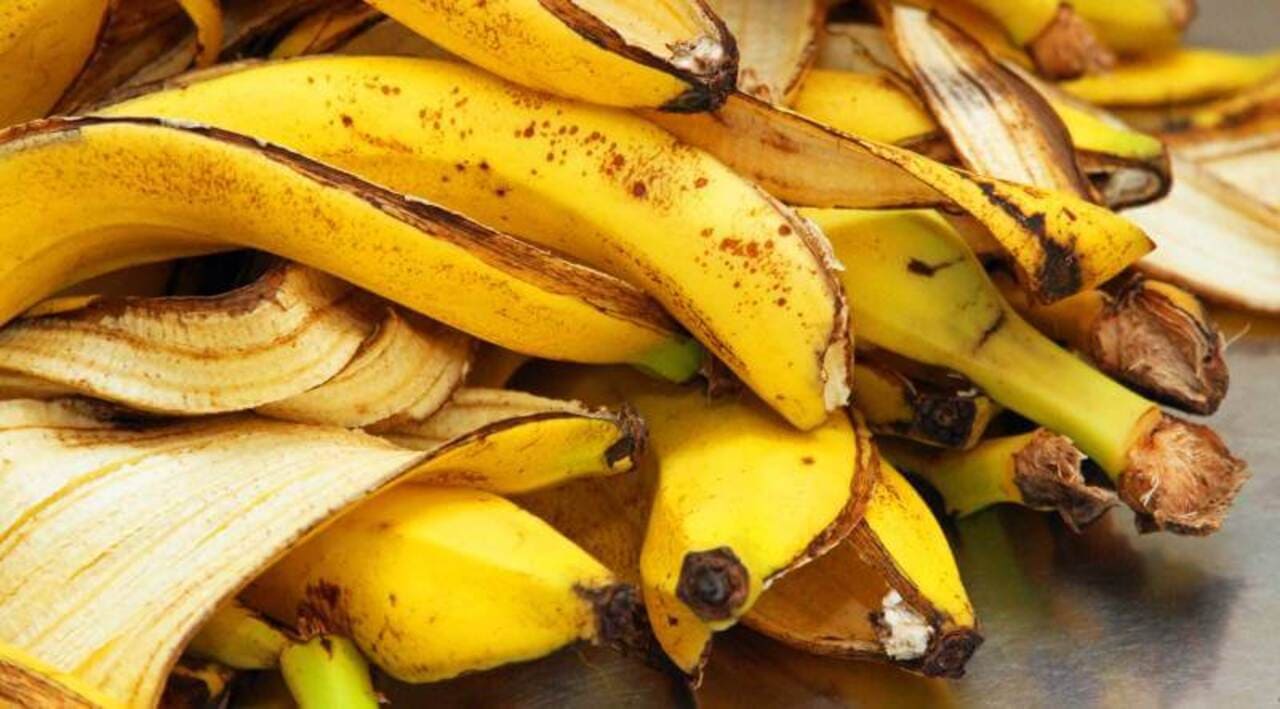Bioplastic using banana peels: Sustainable Packaging Solutions

Banana peels, which are usually discarded as waste, contain a high concentration of natural polymers that can be extracted and transformed into a versatile bioplastic material. This innovative approach not only tackles the issue of banana peel waste but also addresses the urgent need for sustainable packaging options.
In this guide, we will delve into the process of creating bioplastics using banana peels, exploring the scientific principles and techniques behind it. We will also examine the numerous advantages of this sustainable packaging solution, such as its reduced carbon footprint, biodegradability, and potential for wide-scale adoption across industries.
The Science Behind Bioplastics from Banana Peels
Overview of the composition of banana peels
Banana peels are primarily composed of cellulose, hemicellulose, and lignin, which are natural polymers. These polymers give the peel its structural integrity and contribute to its unique properties. Additionally, banana peels contain other organic compounds such as proteins, lipids, and pectin.
Extraction and conversion process of Bioplastic using banana peels:
The process of bioplastic using banana peels involves several key steps.
- First, the peels are collected and thoroughly cleaned to remove any impurities.
- Then, they are dried and ground into a fine powder or shredded into small pieces.
- Next, the powdered or shredded peels undergo a chemical or enzymatic treatment to break down the cellulose and hemicellulose into their individual sugar molecules. These sugars are then fermented by microorganisms, such as bacteria or yeast, to produce biopolymers.
- Finally, these biopolymers are processed and shaped into various forms, such as films, sheets, or pellets, to be used as bioplastic materials.
Learn more: Comparing the Environmental Impact of Bio Plastic Products and Traditional Plastics
Highlight the natural polymers present in banana peels
Banana peels contain a significant amount of cellulose, a complex carbohydrate made up of glucose units linked together. Cellulose provides strength and rigidity to the bioplastic material derived from banana peels. Hemicellulose, another natural polymer found in banana peels, adds flexibility and improves the overall mechanical properties of the bioplastics. Additionally, lignin, a complex aromatic polymer, contributes to the rigidity and durability of the bioplastic. The combination of these natural polymers in banana peels creates a versatile and sustainable material called bioplastic using banana peels.
Advantages of Bioplastics from Banana Peels

Reduced environmental impact compared to traditional plastics:
Bioplastic using banana peels offer a significant advantage over traditional plastics in terms of their environmental impact.
Banana peels are a byproduct of the food industry and would otherwise be discarded as waste. By utilizing this agricultural waste, we can reduce the reliance on fossil fuels and minimize the carbon footprint associated with plastic production.
Biodegradability and compostability:
One of the key benefits of bioplastic using banana peels is their biodegradability and compostability. When exposed to the appropriate conditions, such as moisture, heat, and microorganisms, these bioplastics can break down into natural components, leaving behind no harmful residues.
This characteristic makes them suitable for applications where disposal and environmental impact are crucial, such as single-use packaging or agricultural films. Bioplastic using banana peels offer a sustainable alternative to conventional plastics, which can persist in the environment for hundreds of years.
Potential for wide-scale adoption and applications in various industries:
The versatility of Bioplastic using banana peels opens up a range of potential applications across different industries. These bioplastics can be utilized in sustainable packaging solutions, replacing traditional plastic materials for food packaging, containers, bags, and more.
The agricultural sector can also benefit from Bioplastic using banana peels, using them as biodegradable mulches or agricultural films that reduce environmental impact. With ongoing research and development, the potential applications for bioplastics from banana peels are expanding, presenting a viable and sustainable alternative to conventional plastics.
Applications of Bioplastics Made from Banana Peels
Sustainable packaging solutions:
Bioplastic using banana peels present a compelling solution for sustainable packaging. These bioplastics can be used to create a wide range of packaging materials, including films, trays, and containers. Their biodegradability and reduced environmental impact make them an excellent alternative to traditional petroleum-based plastics. With increasing consumer demand for eco-friendly packaging, banana peel bioplastics offer a viable solution for industries looking to reduce their carbon footprint and contribute to a more sustainable future. These materials can be employed in sectors such as food and beverage packaging, cosmetics, personal care products, and more.
Food and beverage industry:
The food and beverage industry can greatly benefit from the applications of bioplastics made from banana peels. For instance, they can be used as edible coatings or wrappers for fruits and vegetables, extending their shelf life and reducing food waste. The natural properties of banana peel bioplastics, such as their flexibility and barrier properties, make them ideal for protecting and preserving perishable food items.
Agriculture and horticulture:
Bioplastic using banana peels find valuable applications in the field of agriculture and horticulture. They can be used as biodegradable mulches, providing benefits such as weed suppression, moisture retention, and soil temperature regulation. Moreover, banana peel bioplastics can be utilized as biodegradable agricultural films, replacing conventional plastic films used for greenhouse covers, tunnels, or crop protection.
Besides banana, coffee grounds can be used to apply in bioplastics to create products.
AirX Coffee, the world’s first carbon negative bio plastics made from coffee grounds with various applications from these promising materials. 
Contact us
AirX is the world’s first carbon-negative bio-material made from coffee grounds manufacturer.
We specialize in producing bio-based composites using recycled carbohydrates derived from by-products such as coffee grounds, coconut husk, husk, and bamboo. Our goal is to promote sustainability through the use of eco-friendly materials.
We are always here to help and provide the best service possible. If you have any questions or would like to receive advice and feedback directly from our sales staff, please do not hesitate to contact us. You can reach us through:
- Whatsapp: +84 969 742 950
- Email: [email protected]
We look forward to hearing from you!

